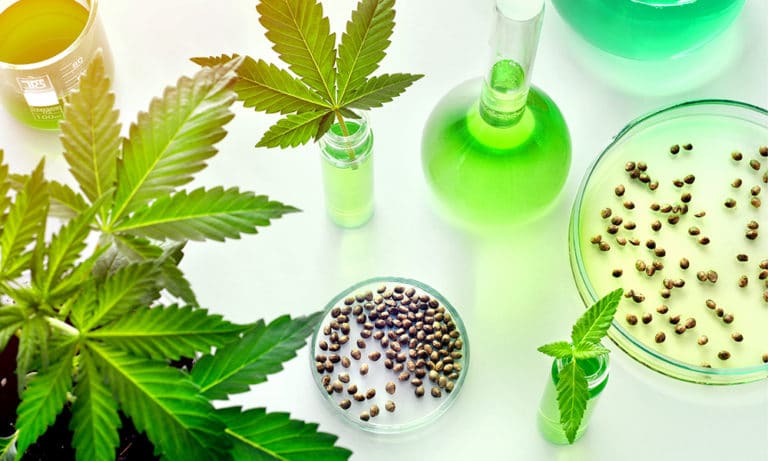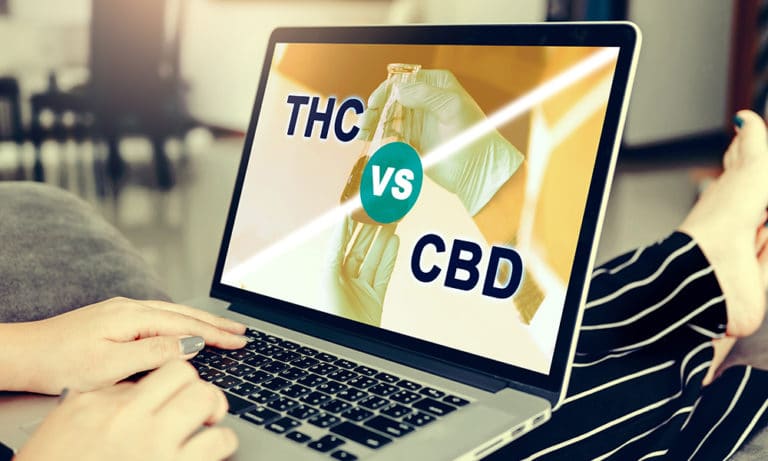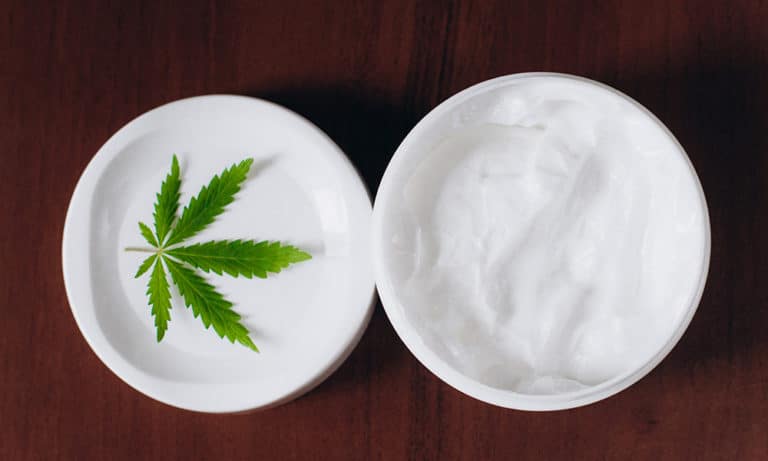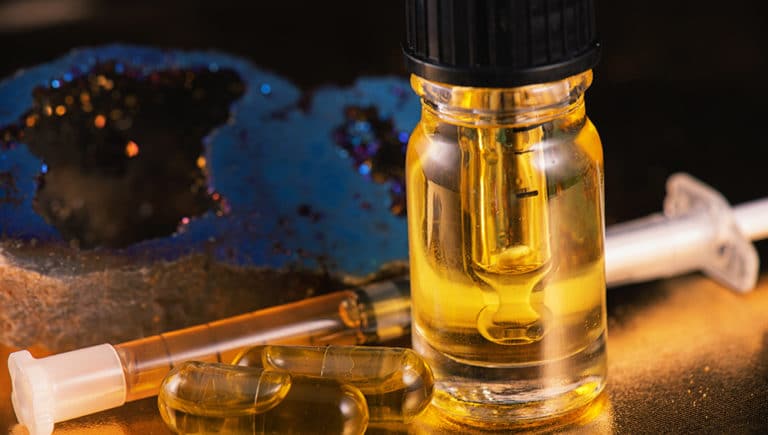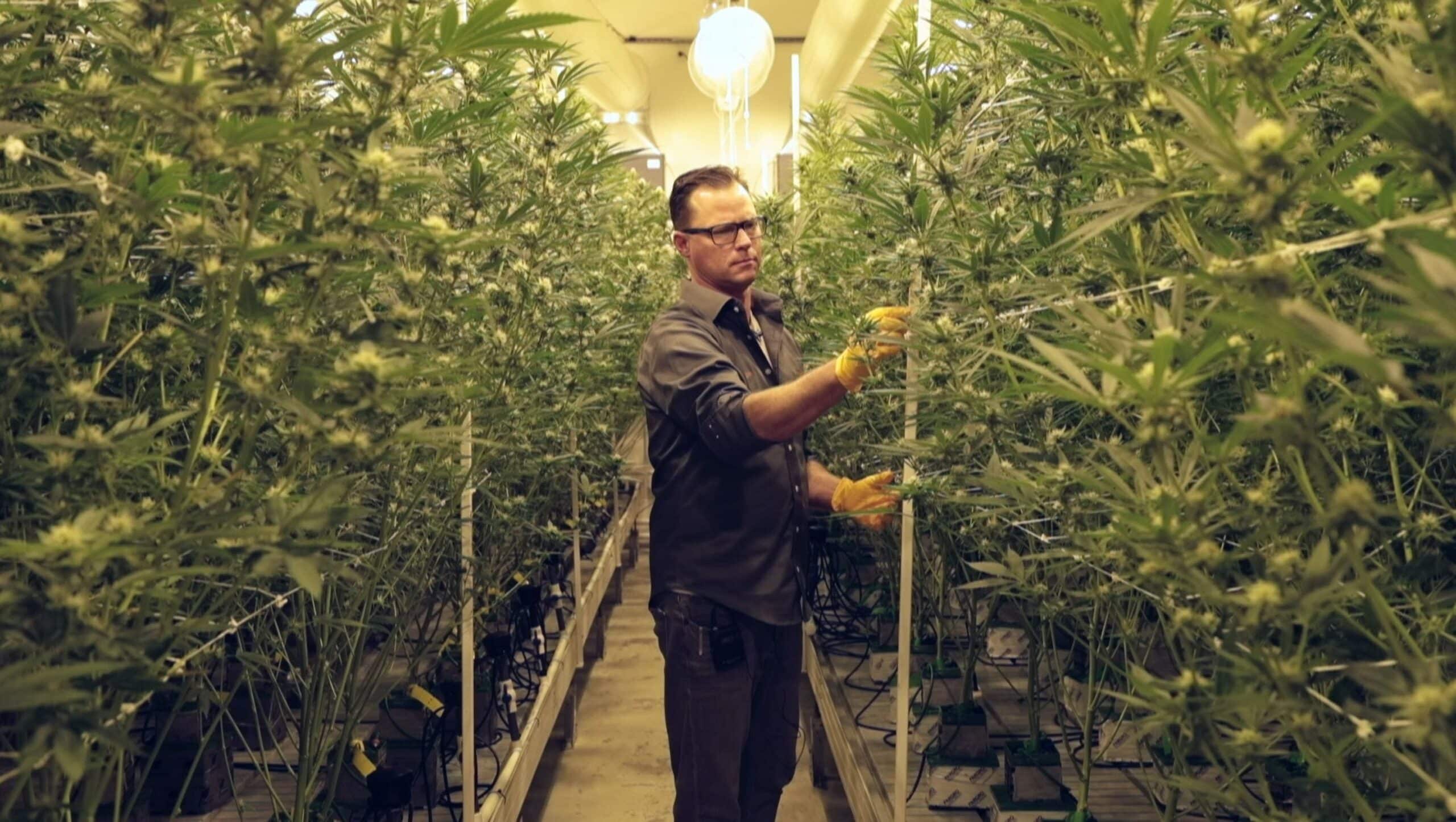The Endocannabinoid System & Cannabis

It may be hard to believe, but scientists are still learning and understanding the human body. In fact, just 30 years ago, an entirely new bodily system was discovered. Called the endocannabinoid system, it naturally supports the body’s endocrine system. Turns out, all vertebrates have this bodily system.
What does the endocannabinoid system have to do with cannabis? The clue is in the name. Cannabis contains phytocannabinoids, which are basically the plant version of the endocannabinoids a body produces naturally. As research continues, scientists are recognizing that certain cannabinoids have great promise for a variety of health concerns.
Let’s take a closer look at the endocannabinoid system and its connection with cannabis.
What Is the Endocannabinoid System Responsible For?
According to researchers with UCLA, the endocannabinoid system is primarily responsible for helping the body to maintain homeostasis. That is, when you are confronted with stress from the environment around you, this system offers extra support to your endocrine system.
The endocrine system, by the way, is a far-reaching, important system for proper bodily function. This system contains our glands that secrete hormones that help to regulate our body’s ability to keep a healthy weight, have a regular sleep pattern, stabilize our moods, keep our sexual organs healthy and functioning, and much more.
Your endocrine system can’t function properly without the backup from the endocannabinoid system. This system has receptors that play a role in pain management, appetite, stress levels, immune function, and more.
How Can We Have a Healthy Endocannabinoid System?
When stress gets overwhelming, the body needs extra help. This is the basic idea behind all supplements. If the weather is too cold, you may want to take extra vitamin C to boost your immune system. Cannabis supplements fall into a similar category.
Some foods, medications, and environmental situations cause the body to decrease the efficiency of the body’s endocannabinoid system. In the early 1990s, scientists determined that cannabinoids from cannabis could be used to make up the difference.
However, with marijuana considered a Schedule 1 drug by the U.S. Drug Enforcement Administration, finding funding for research has been difficult. Even as states like California have legalized cannabis use, its medicinal qualities are still being understood.
What Cannabis Strain Is Best for Your Health?
There are eight major cannabinoids found in cannabis, and they all have different benefits and effects. Two of the most commonly known are CBD and THC.
THC is the only cannabinoid associated with a feeling of euphoria. It offers other benefits as well. It can be used to address pain, insomnia, low appetite, and nausea. CBD, meanwhile, can be used to help with pain management, anxiety, migraines, seizures, and depression.
Depending on the strain, marijuana contains both CBD and THC. But this plant also contains other chemicals that provide positive impacts on the body. For example, terpenes are the compounds responsible for the aromatic qualities of cannabis. Terpenes have been found to provide a calming effect and pain relief in humans.
When deciding to try cannabis to support your bodily functions, remember to start with small amounts. Since the plant is not regulated by the FDA, proper dosage is the result of personal experimentation. Keep notes of your usage and consider modifying use every two weeks for the best support of your endocannabinoid system.

